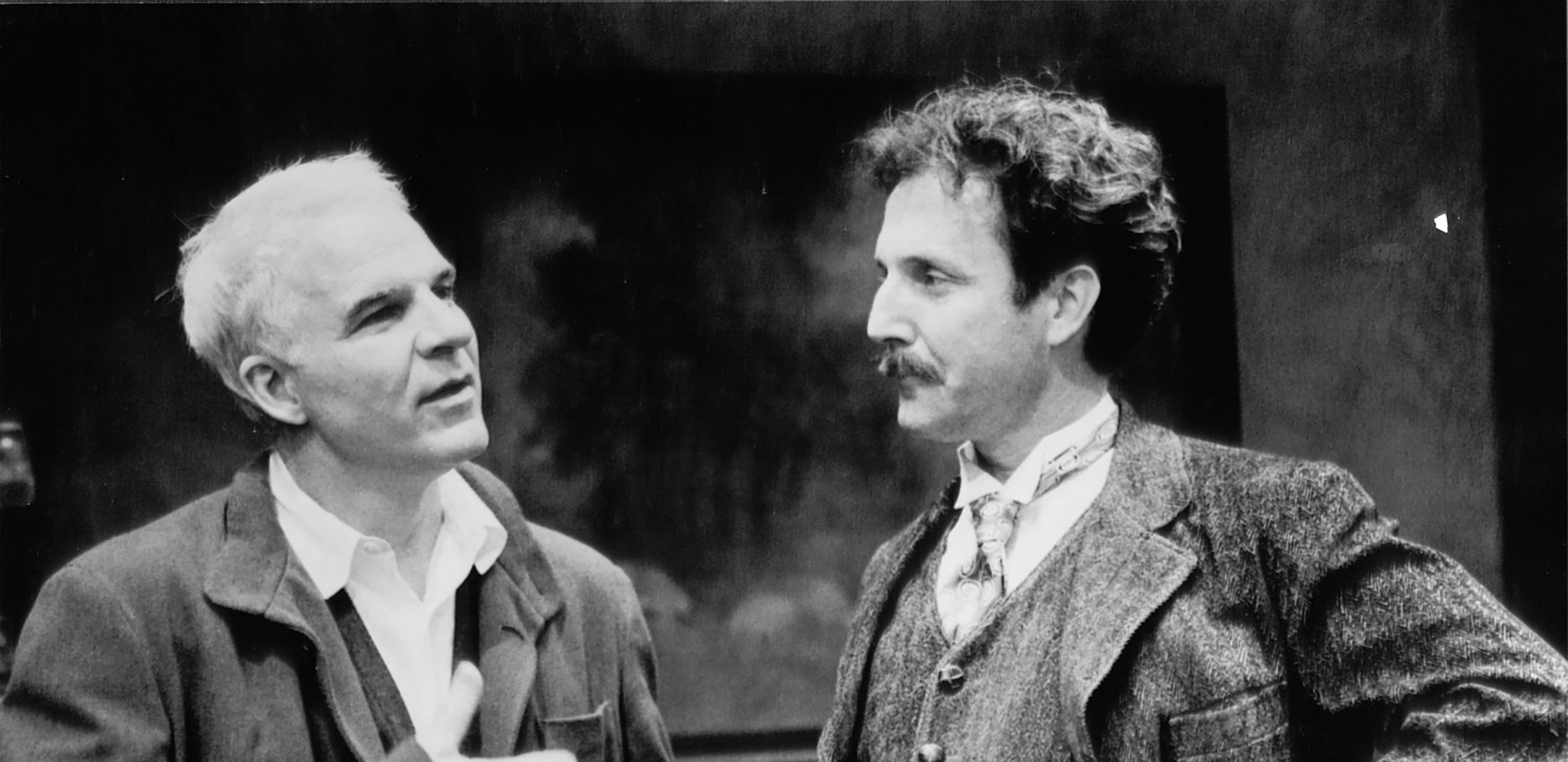
Digitizing Photos: Highlights from the Ford’s Theatre Production Archives, Part 1
Since August 2017, I have been working my way through Ford’s archival records to digitize decades of slides, images, media footage, playbills and more to help build out the production history on our website. I’ve found it fascinating to see all the shows that have been done throughout the past 50 years. Projects like these are increasingly important since, as technologies change, it becomes more difficult to access, view and use some of the original image formats in our archives.
A History of Producing Theatre

Thanks in great part to Ford’s Theatre Society founder Frankie Hewitt, Ford’s Theatre today stands not only as a monument to Lincoln’s legacy, but also as a working theatre. After the assassination, the Ford brothers were forced to close their Washington theatre due to it being a crime scene. More than 100 years later, Frankie Hewitt formed the non-profit Ford’s Theatre Society and worked in partnership with the Department of the Interior and National Park Service to reopen the theatre on January 30, 1968. The first full stage production, John Brown’s Body, began performances on the 158th anniversary of Lincoln’s birthday, February 12, 1968. Hewitt was determined for the theatre to reopen in a way that would celebrate an art form Lincoln loved. It was her vision that allows us to produce theatre for Washington locals and visitors alike.
John Brown’s Body was the first mainstage production to play to a Ford’s Theatre audience since Laura Keene’s production of Our American Cousin, on April 14, 1865.

As artistic director for Ford’s Theatre Society, Hewitt presented more than 150 stage productions and 15 nationally broadcast television specials from 1968 to 2002. In her work, she envisioned Ford’s as a family-friendly theatre with programming that could appeal to young people and their parents alike. Some of her most successful early productions were Vinnette Carroll’s Don’t Bother Me, I Can’t Cope and Your Arm’s Too Short to Box with God ; and Will Rogers’ USA featuring James Whitmore.
During Hewitt’s tenure, Ford’s hosted many prominent stars on- and off- stage. A few that stood out to me in my digitization project are comedic actor Steve Martin and James Whitmore.

Picasso at the Lapin Agile– September 24-November 15, 1998
Picasso at the Lapin Agile was written by Steve Martin and features the characters of Albert Einstein and Pablo Picasso, who meet at a bar called the Lapin Agile in Montmartre, Paris. The play is set on October 8, 1904, when the men are on the verge of important career milestones: Einstein publishing his theory of relativity in 1905 and Picasso painting Les Demoiselles d’Avignon in 1907. At the Bohemian cafe, the two have a lengthy debate on the value of genius and talent, while interacting with a host of characters.

Picasso at the Lapin Agile was Steve Martin’s first full-length play, and it became a critical success. Martin’s playful influence is apparent in the script and the production photos.
Will Rogers’ USA- October 3-November 10, 1991; September 24-October 20, 1996; February 15-27, 2000
Will Rogers’ USA is a one-man show featuring James Whitmore as Will Rogers. Throughout the production, which Whitmore performed on three separate occasions at Ford’s Theatre, Will Rogers narrates his life story and reveals how he became the iconic film star, humorist and radio commentator.

In examining the way Whitmore carries himself in photographs from the Ford’s archives, I can really start to understand what the folksy Rogers, known as “Oklahoma’s Favorite Son,” was like.
Whitmore performed in 10 productions at Ford’s during his career including our Handy Dandy and Magnificent Yankee, with his last appearance at Ford’s being Trying in 2006.

There are many other unique images and videos that I am working my way through this spring. I look forward to continuing my archival research and seeing what I discover in the weeks ahead!
Emily Loomis is Communications and Marketing Intern

